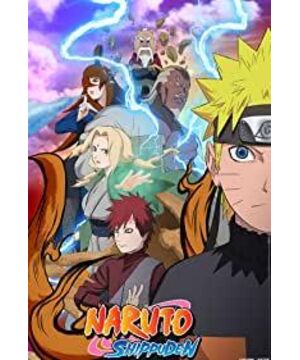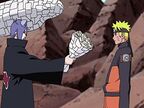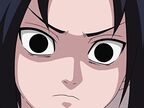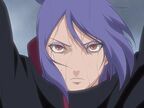What parents don't understand is that how can a seemingly simple, flamboyant, monster-fighting Japanese anime have such a big impact? The question mark-like confusion of black people comes from the perspectives of different eras and backgrounds. But now, when we post-90s, who have been defined as middle-aged people by the United Nations, recall this epic anime, we must have mixed feelings in our hearts.
First of all, I think the first point of his influence is companionship. From 2002, when it was serialized on the Juvenile JUMP comics, and when it was put on the screen and introduced to China, the audience was just children aged 7 to 12 who needed to enrich their vision and develop their values. For me, when I was in elementary school, my parents were too busy making money to spend too much time with me. As an only child, it seemed that the only fun outside of school was to stay in front of the TV after school and watch local on-demand shows over and over again. At that time, the topics of children were nothing more than simple exchanges such as "Do you like Naruto or Sasuke?" "That trick is very handsome." In junior high school, along with the serialization, the output of comics and cultural peripherals has strengthened the attention of children. In addition to the gradual popularization of the Internet, in addition to being able to see the latest serialization in time, the interaction of netizens in Tieba and Tianya has begun to make it easier for children to interact with each other. More and more people who like this anime gather to form larger and larger groups. From high school to university, it seems that children of the same age can easily chat about this topic; gradually, a "home culture" has begun to develop, and they are watching episodes over and over again in their spare time. It seems that everyone has a consensus that every Friday night, it will always arrive as scheduled, accompanying you to follow them on adventures.
Secondly, the second point of his influence should be resonance. Ninja School is just like us in real life, with genius, crane tail, competition, friendship, quarrel, and inspiration. If school is the first starting point for us to enter society, then the children in Hokage Village are also growing up with us. Therefore, I think Kishimoto is really a scheming boy, and he cleverly sets the age and environment of the protagonists to be similar to ours. As any child, he should be able to find his place in Hokage Village. Especially as the protagonist Naruto, a child who is unpopular in school, likes mischief, and is isolated by everyone can capture more of the same situation. Kishimoto first told us that you are not alone; as we later experienced various encounters and stories with the help of Naruto, and met every vivid character written by Kishimoto, we gradually came to understand the whole world in a comprehensive manner. From the story line and timeline, Kishimoto is at least successful.
The third point of his influence, I think, is to teach us some of the philosophy of doing things in Japanese culture. For example, Naruto was disliked by everyone from the beginning, and he was later recognized by his teachers and peers, including saving Sasuke, and he never gave up; especially in the face of so many hardships. Naruto is warm and positive. Although there was always pain in the past, he has been exporting his love and energy with all his heart. The works are always fictional, and the blood is not always good, but this spirit is indeed worth learning and developing, and it is what Kishimoto wants to pass on to our young people. Similarly, Kishimoto depicts the feelings between teachers and students, the feelings between companions, and the feelings between parents and children, which are very rich and detailed. Therefore, this anime taught me to be brave, persistent, and never give up; it also taught me to be grateful and take every sincere feeling seriously.
Fourth, this anime made me become interested in Japanese culture, in addition to a better understanding of the mythological terms and phenomena in the works, but also to be able to see things dialectically. For example, Itachi's Sharinyan mainly has three moves, Moon Reading, Amaterasu, and Susanoo. The owners of these three names are actually the so-called 'three noble sons' in Japanese mythology, namely: Amaterasu, Yumiko, and Susanoko. Itachi's three sacred weapons, the grass child sword, the eight-foot Qionggou jade, and the eight-hand mirror, are indispensable sacred objects when the Japanese emperor ascended the throne, and also originated from Japanese mythology. Izanagi and Izanami are siblings in Japanese mythology who created the Japanese archipelago and eight million gods. Itachi uses the Kusanagi sword to seal the Orochi Orochi of Orochimaru, which is the restoration of the Orochi Orochi that was sealed by Susanoo in the myth. The humiliation and excessive burden determined by Japanese Shinto culture are not fully applicable in Chinese society. So take the essence and get rid of the dross is the attitude towards any culture.
It was the first time I saw the yellow-haired mischievous little boy on TV in elementary school, and now he has grown into a complete, responsible, and indomitable man. While blessing him, should I reflect on myself and practice harder? Woolen cloth? Wherever there are leaves flying, the fire will burn. Fire, endlessly.
View more about Naruto: Shippûden reviews











